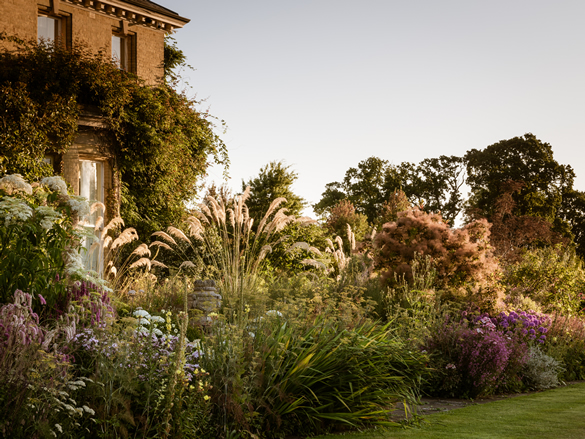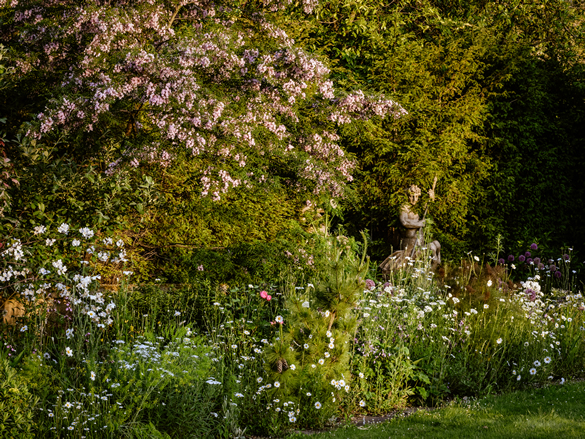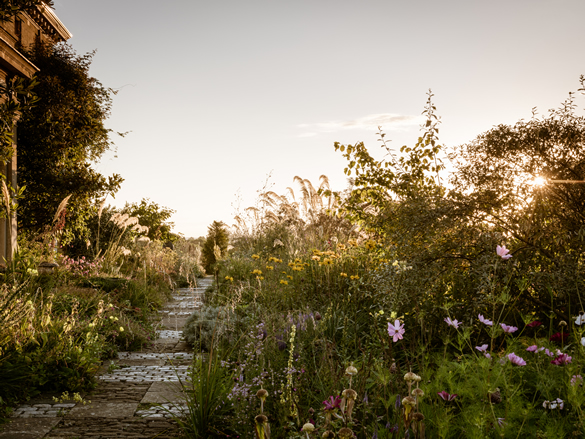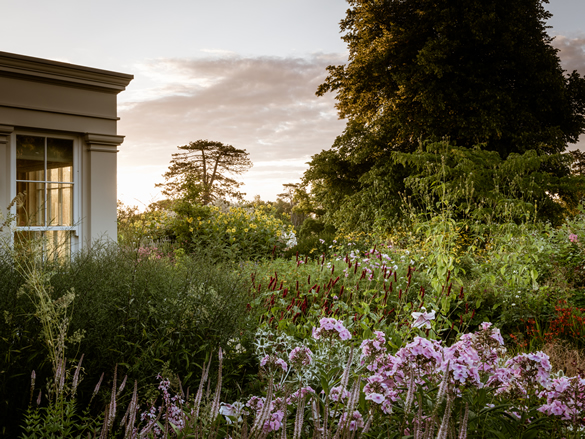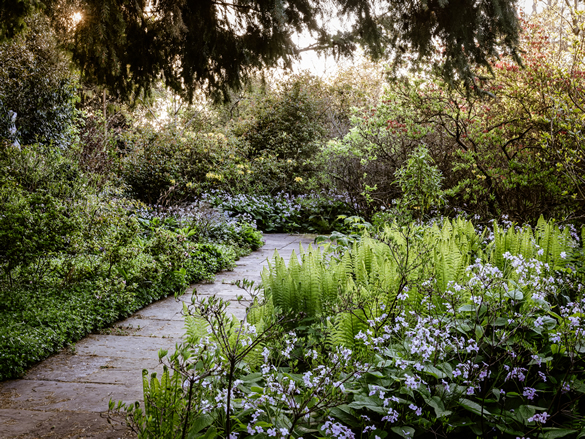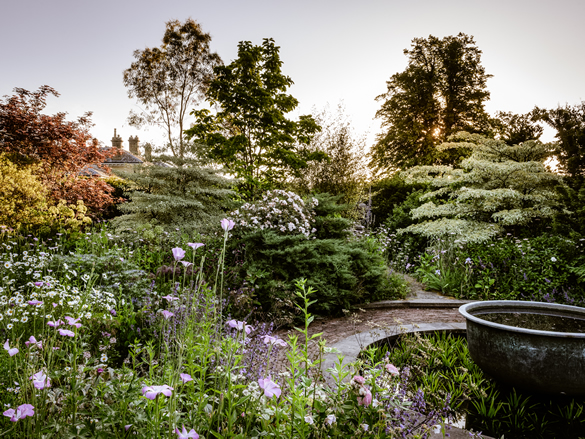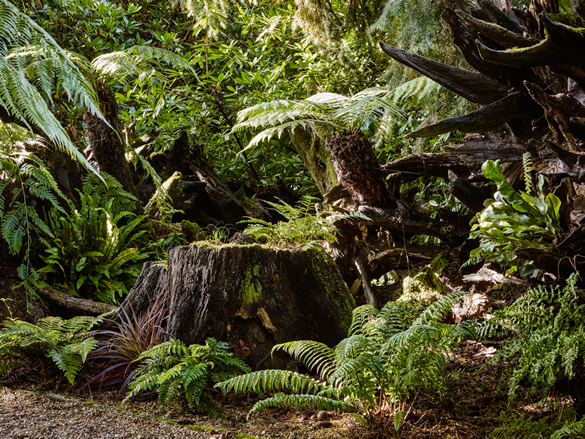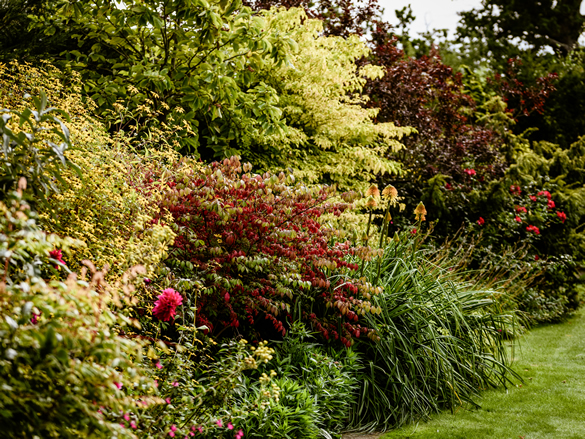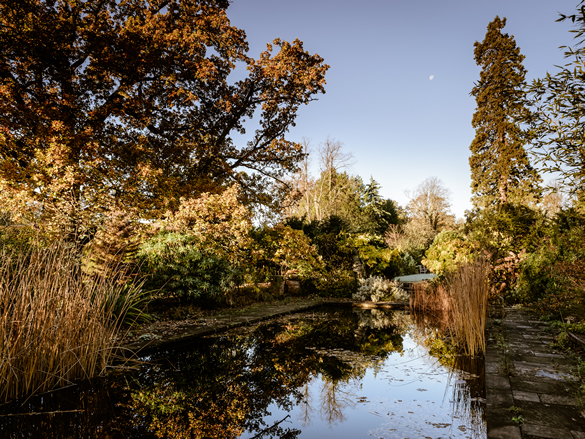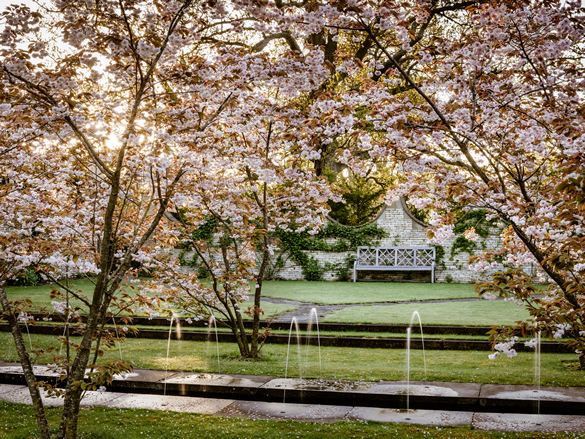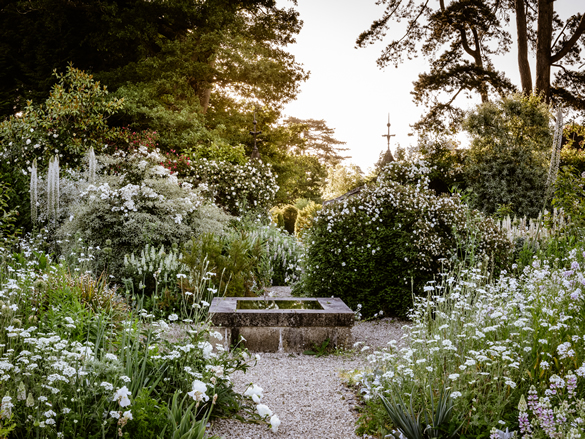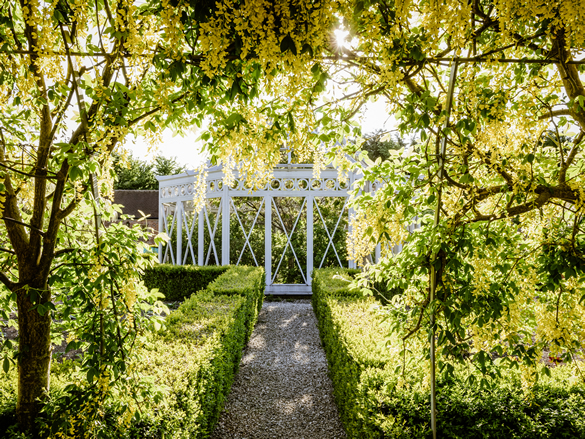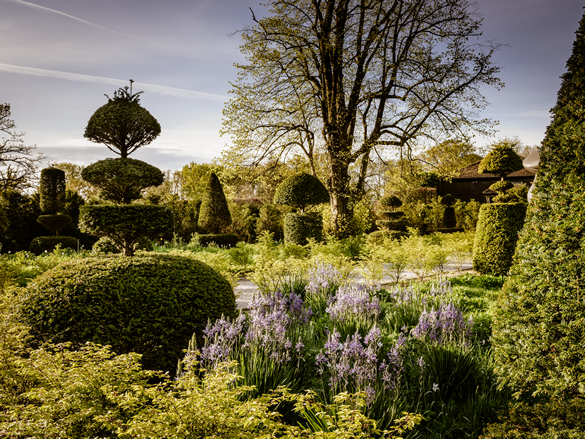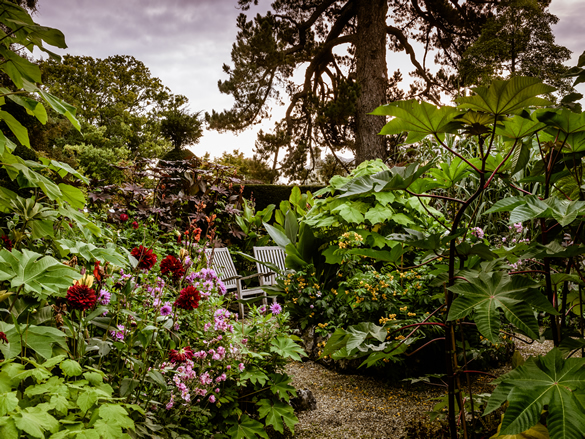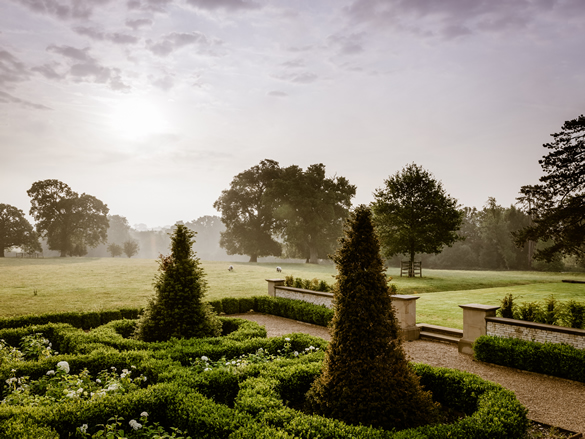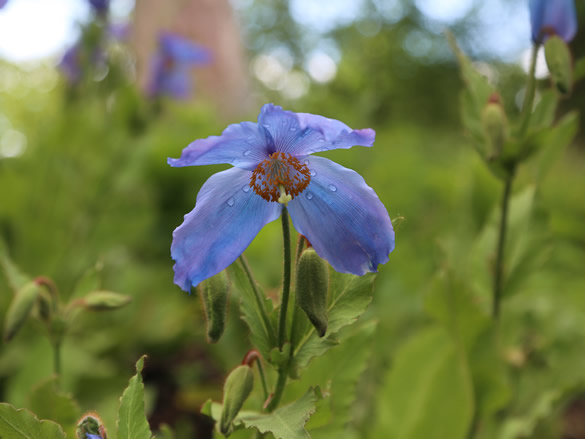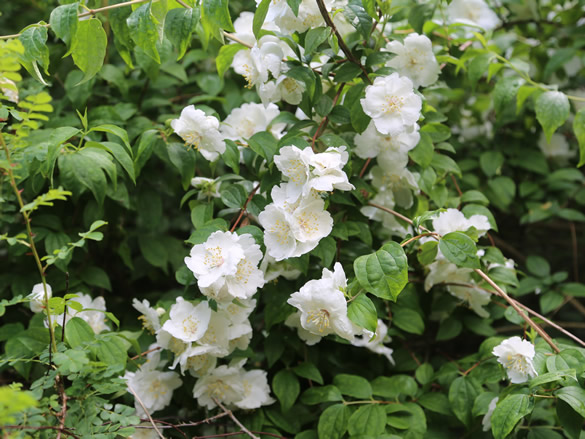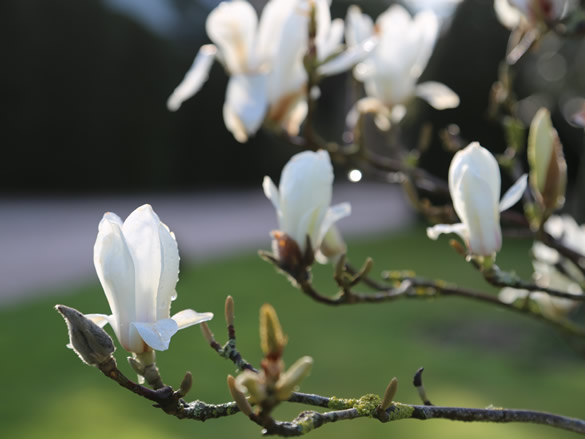Interactive Map
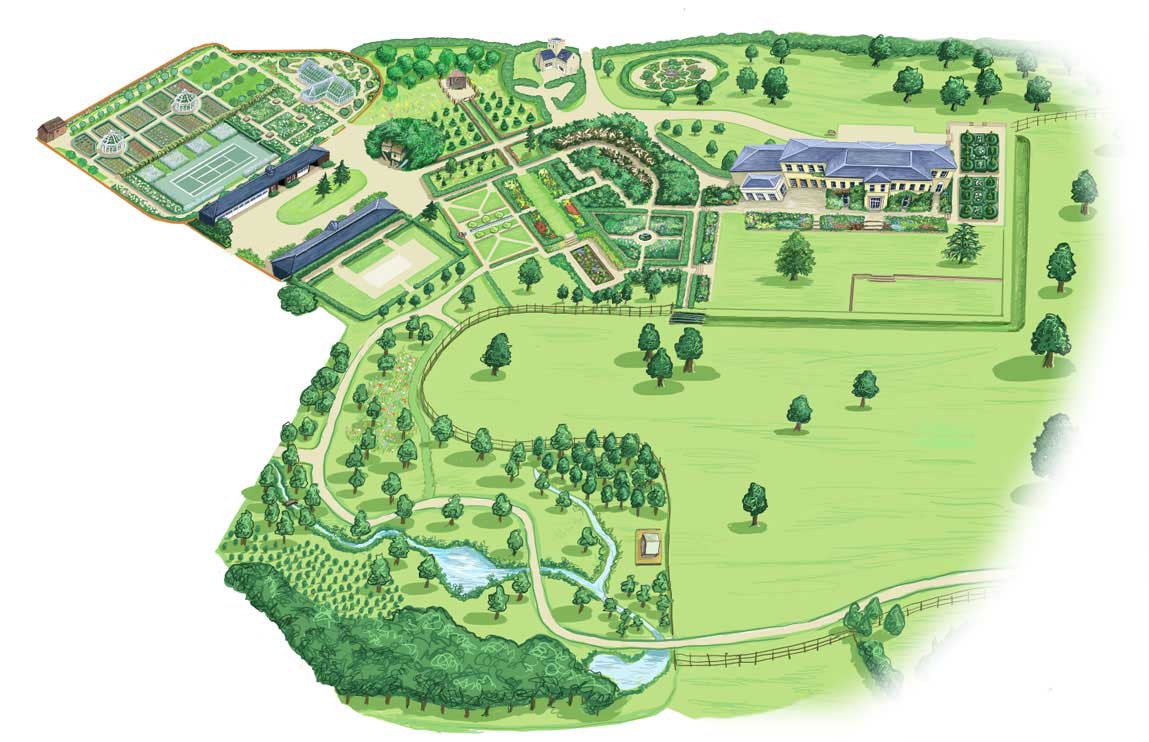
The Gardens at Malverleys
Malverleys is an English Flower Garden that has been extensively developed and planted over the last decade. The gardens span over ten acres and have been designed by the head gardener, Mat Reese, alongside the owners.
The style and design have been inspired by prominent English flower gardens such as Great Dixter and influenced by the iconic writings of Christopher Lloyd, William Robinson and Vita Sackville-West.
The garden is laid out into ‘rooms’ separated by yew hedging, and each of the garden rooms has its own distinctive atmosphere and planting scheme. There are also exquisite long borders, an abundantly planted terrace garden, a stumpery with ferns and usual shade plants, and prolific flower meadows.
The private gardens at Malverleys are open for tour groups by appointment only.
Please email garden@malverleys.co.uk to enquire about availability.
